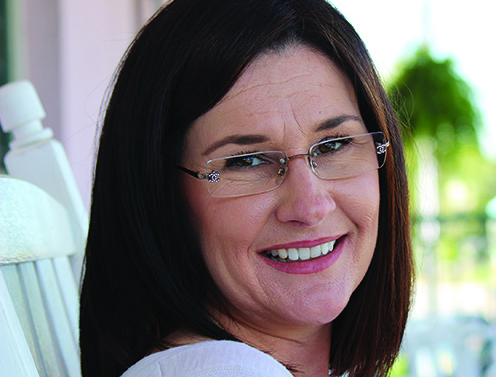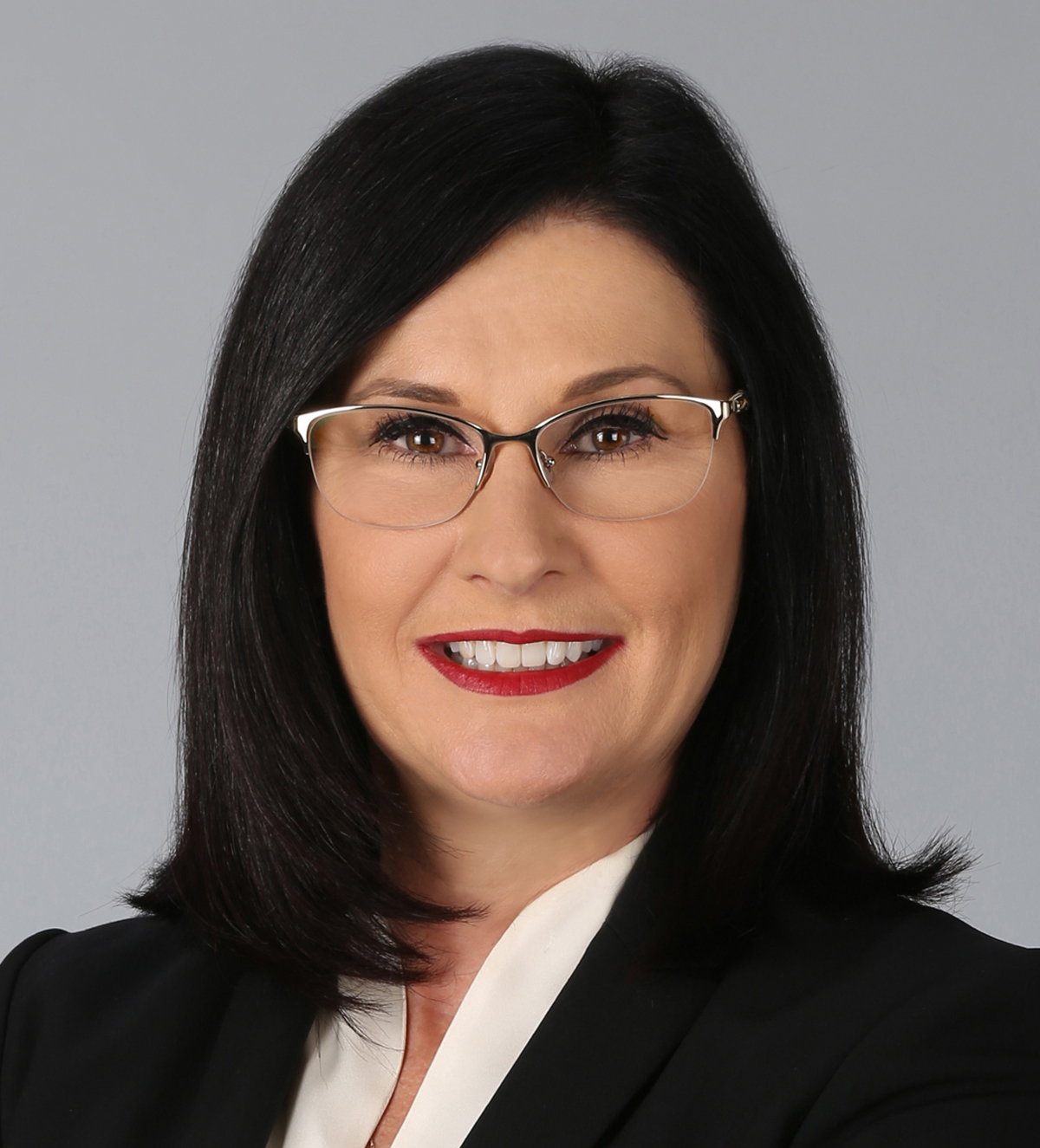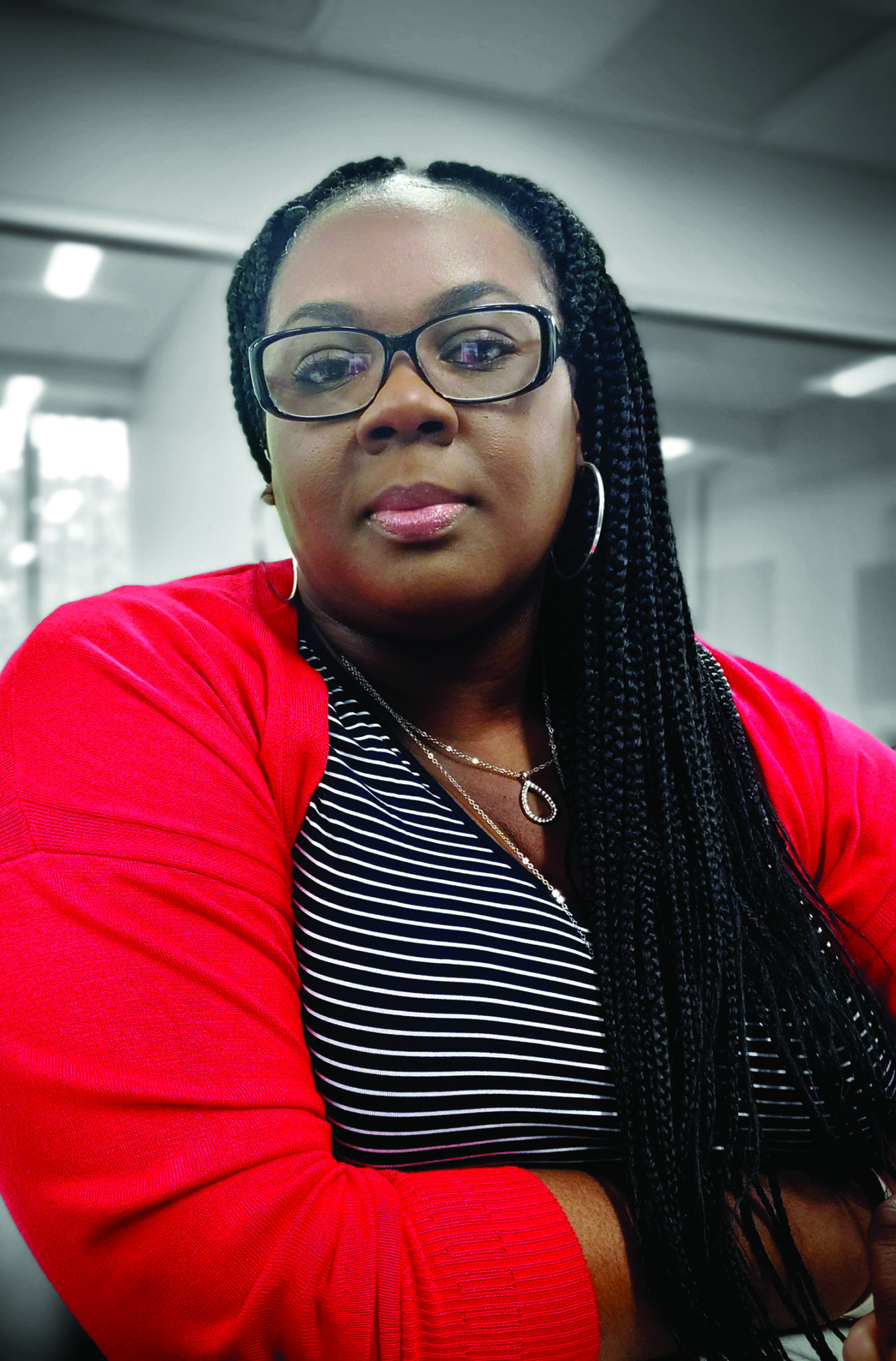By Darcie Lunsford
Wait for it…Wait…Still waiting.
While cracks like growing inventory have begun in South Florida’s condo-centric residential market, that has not spread – so far – into commercial real estate, according to the latest data from CBRE. And while most experts predict cyclical softening even in the hale-and-hearty retail, industrial and office markets within the next 24 to 36 months, they do not expect another 2008, when the residential market fell apart.
Rental rates across all three South Florida counties and across all commercial sectors continued their acceleration in the first quarter of the year. Vacancy rates also largely fell across the region, compared to a year ago.
Miami-Dade County retail, where 2.3 million square feet of projects are in the pipeline, continues to impress market watchers. Vacancy dipped an additional 20 basis points in the first quarter to 3.2 percent, while rents bumped up about 2 percent. Vacancy rates retreated to 5.3 percent in Broward County and 5.2 percent in Palm Beach County as rents rose.
Meanwhile, the region’s office markets, which have lagged in the post-recession recovery, gained real year-over-year momentum. In Miami-Dade County, where much of the new office construction is taking place, rents rose nearly 8 percent in the first quarter. Miami’s 132,552-square-foot Three Brickell City Centre greeted its first tenant when the Akerman law firm moved into its 110,508-square-foot offices. Office vacancy fell by
1.5 percentage points to 12.5 percent.
In Broward County, which saw the delivery of its first major institutional-quality office project since the Great Recession, office rents jumped 6 percent. This upward pressure on rents is led by strong rent growth in the western suburbs and downtown Fort Lauderdale. Overall market vacancy fell 30 basis points to 15.7 percent.
Palm Beach County, which has still seen no major new office construction in this recovery, had its 10th consecutive quarter of rent growth – up 3 percent. Vacancy also continued its decline, but at 18.9 percent, it remains the highest in the region.
“We’ve had more than 300,000 jobs added to South Florida over the last five years. Nearly 40 percent of these are office-using jobs. Not surprisingly, we’ve seen 7.7 million square feet of office absorption over that same period,” says Christian Lee, vice chairman of CBRE. “Projections are for only modestly less job growth over the next five years, so one would tend to expect similar absorption. With limited office construction underway, we expect upward pressure on office rents to push growth well beyond typical cost-of-living increases.”
South Florida’s industrial sector continues to show its economic chops. In Miami-Dade County, where nearly
3 million square feet of new distribution hubs and warehouses have gone up in the last 36 months, the vacancy rate fell slightly to an uber-tight 3.4 percent. Rents jumped 4 percent.
“For the rest of this year, I expect the pipeline of development to remain at, or below, demand levels,” says George Pino, president of State Street Realty, which handles leasing for many of the new large industrial buildings in suburban Miami-Dade County. Pino says Miami industrial rents are also likely to continue to rise.
Currently, there are 7.5 million square feet of projects already out of the ground or planned. Pino says he is concerned that if the current development pace doesn’t ebb, rents could drop and vacancies could rise.
Demand for industrial space in Broward County hit positive territory for the eighth consecutive quarter. More than
250,000 square feet in two new industrial buildings opened in the first quarter – in addition to the 1 million square feet completed last year and 800,000 square feet completed the year prior. Even so, vacancy remained unchanged at 6.3 percent, year over year. Rents rose 3 percent.
Palm Beach County saw about 1 million square feet of new industrial space come out of the ground last year, but vacancy still slid by 1.3 percent to
3.4 percent. Rents rose 4 percent. But if the housing market does continue to cool, it is likely ripple out into the supply-oriented industrial sector.
“Carpet, furniture, marble, appliances…There is going to be a bit of a reduction in space needs for those industry sectors,” says industrial real estate veteran Michael Silver, a first vice president at CBRE. “I don’t think it is as large of a percentage of the market as it was back in 2007, 2008 and 2009.” ↵
Freelance writer Darcie Lunsford is a former real estate editor of the South Florida Business Journal. She is the senior VP for leasing at Butters Group and is avoiding a conflict of interest in her column by not covering her own deals.














